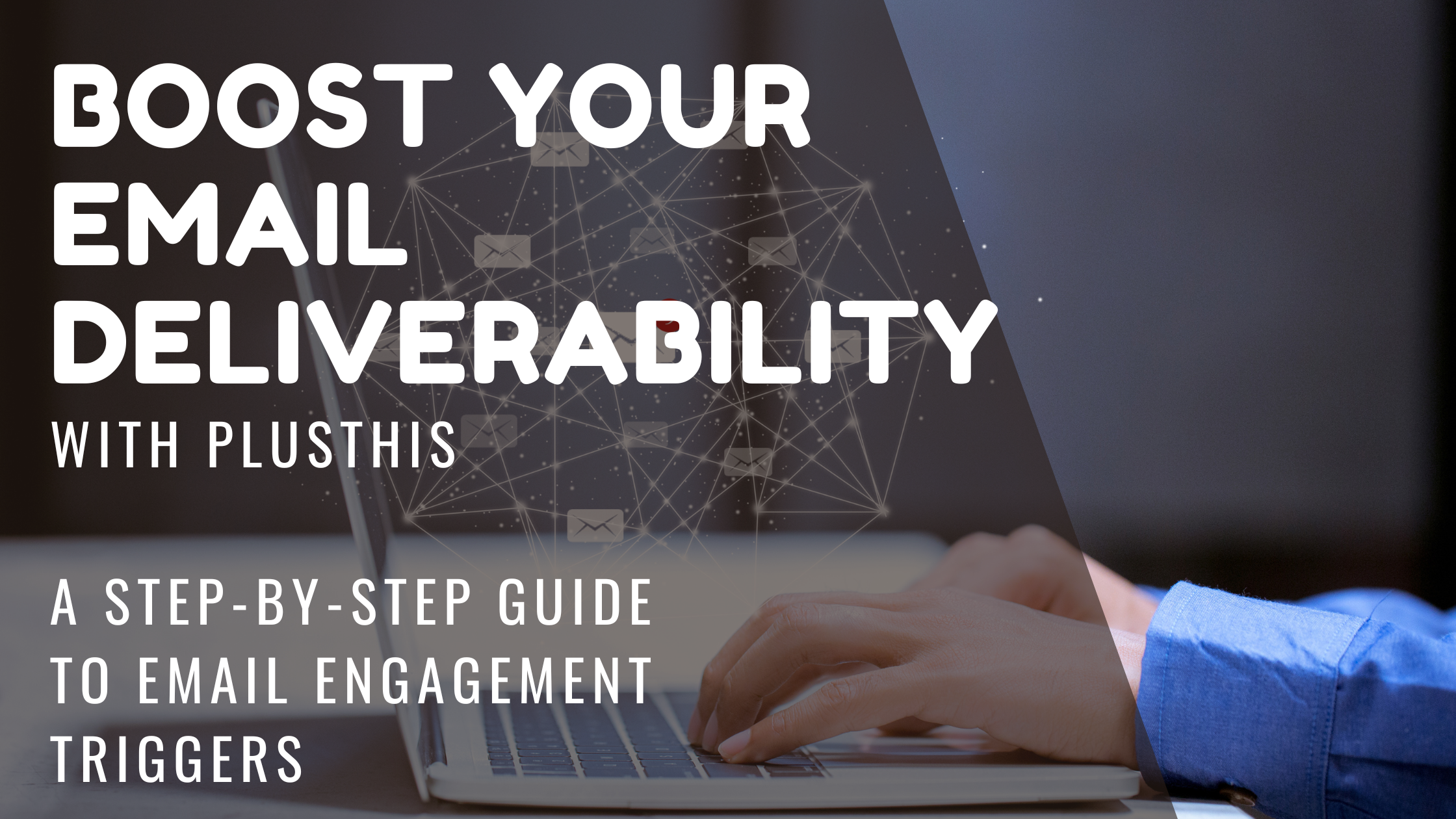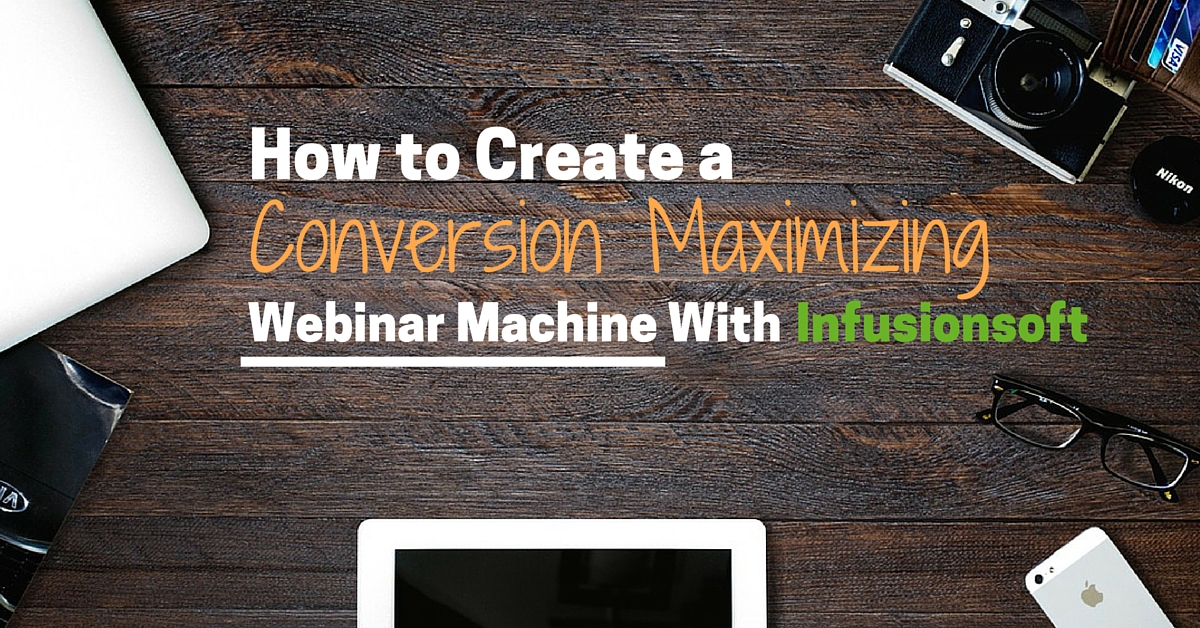As an email marketer, one of the biggest challenges you face is getting your emails delivered and seen by your audience. There’s nothing more frustrating than crafting the perfect email campaign only to find it sitting in spam folders or getting ignored. At PlusThis, we’ve developed a powerful tool that solves this problem—Email Engagement Triggers.
In this post, we’ll walk you through how you can use this tool to increase email engagement, improve deliverability, and ultimately protect your email reputation.
Why Email Deliverability Matters
Before we dive into the how, let’s talk about the why. Email deliverability isn’t just about whether your emails get sent—it’s about ensuring they actually make it to your audience’s inbox and are opened. Sending emails to contacts who haven’t engaged in months (or years) damages your sender reputation, and over time, email providers like Gmail or Yahoo might stop showing your emails altogether.
With PlusThis Email Engagement Triggers, you can easily keep your list clean and up-to-date, so you’re only sending emails to the people who are interacting with your content.
How Email Engagement Triggers Work
The Email Engagement Triggers tool connects with your email marketing system—whether you use Keap, ActiveCampaign, or GoHighLevel. It tracks the engagement of your contacts (like whether they’ve opened or clicked an email in the last 30, 60, or 90 days) and applies tags based on that activity. This way, you can automatically segment your audience and ensure you’re only sending emails to those who have recently engaged.
At PlusThis, we use this tool ourselves. We tag contacts in real-time based on their level of interaction:
- Engaged within 30 days: These are your hottest leads. They’re opening, clicking, and engaging regularly.
- Engaged between 31 and 60 days: This group is still interested, but might need a little nudge to keep them engaged.
- Engaged between 61 and 90 days: This is where you need to start thinking about re-engagement campaigns to win them back.
- Not engaged after 90 days: We don’t send to this group at all. It’s just too risky for our deliverability, and likely for yours too.
By using this tagging system, you can easily include or suppress contacts based on their engagement level. And you don’t have to worry about doing this manually. Email Engagement Triggers automatically updates these tags every week (or as frequently as you schedule).
Watch the video below to see the step-by-step setup in action:
How to Set Up Email Engagement Triggers
Setting up this tool is super simple. Here’s an overview:
- Log into your PlusThis account and select the Email Engagement Triggers tool.
- Choose the email marketing system you’re using (like Keap or ActiveCampaign).
- Set up tags for your different engagement levels: within 30 days, 31-60 days, and 61-90 days.
- Schedule the tool to run on a regular basis (we recommend once a week). This ensures your list stays fresh and only includes engaged contacts.
- Create re-engagement campaigns for those contacts who fall into the 31-60 or 61-90-day ranges. This could be a simple reminder of what they’re missing or a special offer to get them interacting with your emails again.
Why You Should Suppress Inactive Contacts
Yes, suppressing inactive contacts will reduce the size of your list. But here’s the thing: a smaller, more engaged list is far more valuable than a large list full of contacts who don’t care about your content. Sending emails to uninterested contacts can negatively affect your sender reputation, meaning more of your emails end up in spam or junk folders—even for those who want to hear from you!
By suppressing contacts who haven’t engaged in the last 90 days, you’re protecting your email reputation and ensuring your emails get delivered to the people who matter most.
At PlusThis, we’re always looking for ways to help marketers improve their email performance. Email Engagement Triggers is one of the easiest tools you can implement to get better results from your campaigns. By only sending to engaged contacts, you’ll see higher open rates, better click-through rates, and ultimately more conversions.
So if you’re struggling with email deliverability or looking to improve your email strategy, give Email Engagement Triggers a shot. It’s simple to set up, easy to use, and makes a world of difference for your email marketing success.
FAQs
- What email platforms does PlusThis integrate with? PlusThis integrates with popular platforms like Keap, ActiveCampaign, GoHighLevel, and others. It works with your existing email marketing system to help manage your email engagement data.
- How often should I run the Email Engagement Triggers? We recommend running the tool at least once a week to ensure your contact list stays fresh. However, you can adjust the schedule based on your specific needs.
- What happens if I don’t suppress inactive contacts? If you keep sending emails to inactive contacts, your sender reputation may suffer. Over time, email providers may start to send your emails to spam, even for your engaged contacts. Suppressing inactive contacts helps protect your reputation and improve overall deliverability.
- Does suppressing inactive contacts reduce my list size? Yes, but that’s not a bad thing. A smaller, engaged list is far more valuable than a large list of uninterested contacts. You’ll see better open and click-through rates when you focus on the people who are actively engaging with your content.
Ready to take your email deliverability to the next level? Sign up for a free trial of PlusThis here: www.plusthis.com



